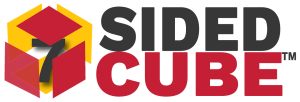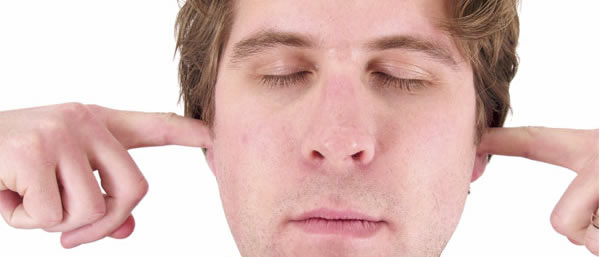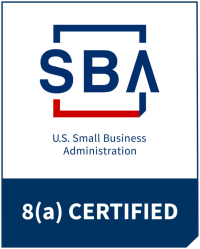In line with increased use of the Internet as a revenue generator, the term “SEO” has entered mainstream vernacular. Problem is, many people misunderstand its meaning. That has created a whole slew of well-intentioned people who “know enough to be dangerous,” often employing outdated practices to the detriment of a company’s page rank.
We’d like to bring you up to speed with what “real” SEO currently is and isn’t, as well as expose the tactics that web designers sometimes use to make it seem like game-changing SEO is part of the package…when it’s not.
First, let’s look at the sales spiel a web designer might use. Let’s say that you are offered a comprehensive website package that includes “Search Engine Optimization”. They may even run down the list of what that includes: XML Sitemap, Canonical URLs, Google Webmaster Tools, Robots.txt, Homepage Meta Description, Keyword Research, H-tags, and on and on. You nod your head, as each additional item sounds vaguely familiar from what you read in the tech blogs.
You did your homework and are right to approve this list of on-site SEO services. While good web designers stay up-to-date with SEO trends and incorporate them into every site without an additional fee, most do not. So, this is a good start, but certainly only a miniscule part of the whole picture.
On-site and off-site SEO are two completely different things with similar goals. Basically, on-site optimization is a necessary foundation, while off-site optimization is where the real muscle behind your search engine rank comes in. So, even if your site is SEO’d to the hilt, it is a rare phenomenon to reach page one on Google without running a strenuous and on-going off-site SEO campaign.
Off-site SEO involves a laborious string of creative ventures that ultimately “proves” your popularity and relevance to the search engines. White-hat techniques give you solid positioning over time, while black hat (dirty) techniques let you cut in line until the teacher (Google) catches you and makes you sit out. In other words, you can get banned from ranking at all. The biggest piece of rank-affecting SEO involves building links that boost your credibility.
Establishing Basic On-site Credibility:
- Valuable content
- Proper structure and coding
- Inclusion of key pages
Establishing Basic Off-site Credibility:
- Creative content like “Top 10” lists, PDFs, images, ,3D landing pages, or videos
- Article marketing
- Press releases
- Directory listings
- Link building on sites related to your industry
Just as important as what you should do, are the things you should avoid doing. On the first of March, Google made public some of the criteria they use to judge a website’s value. While Internet Marketing professionals rely on technical analyses amongst trusted colleagues to make experiential educated guesses about the current state of the algorithm, this was unprecedented openness from the search giant. So, from the horse’s mouth, here is what we know about how Google fights spam on the over 30 billion pages out there.
SPAM According to Google…or SEO Don’ts:
- Hidden text
- Keyword stuffing
- Unnatural links to another site
- Unnatural links from another site
- Hacked site
- Cloaking and/or sneaky redirects
- Spammy free hosts and dynamic DNS providers
- Thin content with little or no added value
- Pure spam
- Parked domains
- User-generate spam
The most important take-away from the do’s and don’ts of SEO is that it is a complex mechanism that requires both diligence and up-to-date knowledge. There is not, nor will there ever be, one singular thing you can do to reach page one and stay there. That is why we are here. Give us a call.





